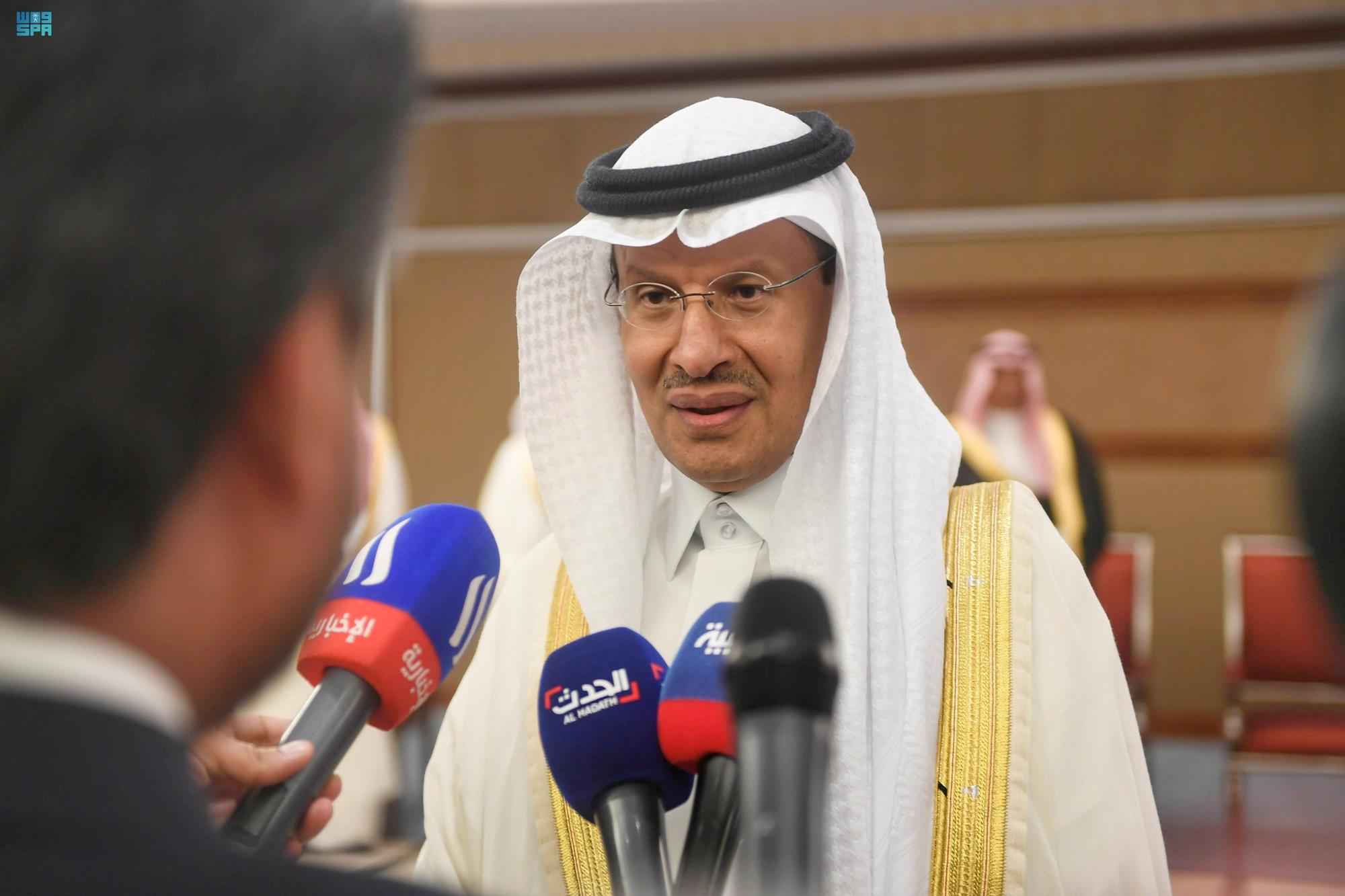A claim emerged in Chinese-language social media posts in June that Saudi Arabia terminated a 50-year formal agreement with the United States to conduct oil transactions in U.S. dollars, under a deal called the “petrodollar agreement.”
There has been considerable commentary recently regarding the end of the petrodollar and that Saudi Arabia, in particular, would begin to price oil in currencies other than the dollar.
Alan Lu, writing for the Asia Fact Check Lab and publishing in Radio Free Asia provides a helpful rundown of the origins of this story.
“A claim emerged in Chinese-language social media posts in June that Saudi Arabia terminated a 50-year formal agreement with the United States to conduct oil transactions in U.S. dollars, under a deal called the “petrodollar agreement.”
But the claims are false. No known formal deal stipulating that Saudi Arabia must sell oil in U.S. dollars exists. While not formally bound by agreement, Saudi Arabia has in practice conducted all its oil deals over the past several decades entirely in U.S. dollars.
The claims were shared on Weibo, a popular Chinese social media platform, on June 15, 2024.
“The Petrodollar Agreement between the United States and Saudi Arabia expired and Saudi Arabia announced on June 9 that it would not renew it. The agreement, reached in 1974, closely linked the U.S. dollar to oil,” the claim reads in part.”
Lu notes that a 2016 Bloomberg report wrote that an informal arrangement was reached in 1974 to trade oil in U.S. dollars, “The basic framework was strikingly simple. The U.S. would buy oil from Saudi Arabia and provide the kingdom military aid and equipment. In return, the Saudis would plow billions of their petrodollar revenue back into Treasuries and finance America’s spending.”
With regard to Saudi Arabia trading oil in non-dollar currencies, Lu adds:
“Paul Donovan, chief economist of Global Wealth Management at global financial firm UBS, said, for instance, that non-dollar currencies had always been used in oil trades and that Saudi itself indicated in 2023 it would be “happy to conduct” such transactions. Similarly, the Wall Street Journal reported in 2023 that 20% of the world’s total oil trade that year was not denominated in dollars and that Saudi Arabia had “recently taken steps laying the groundwork for trade that sidesteps the dollar.”
Jim Krane with the Baker Institute for Public Policy writes in the Arab Center that:
“There remain strong reasons for Saudi Arabia and other US-aligned oil exporters to avoid accepting yuan for oil. The Saudi riyal—like most of the Gulf Arab currencies—is pegged to the dollar, which means selling oil in dollars is nearly the same as selling it in Saudi riyals. Further, managing the dollar peg to local currencies requires holding formidable stockpiles of US dollars at central banks, which may need to sell some of those dollars at times of weakness in the riyal, dirham, or dinar. Fortunately, pricing oil in dollars ensures a plentiful incoming flow of the US currency for these purposes. Saudi Arabia also manages large trade flows in US goods and services, including in US military hardware, which requires dollars. And the day-to-day financing, insuring, and transporting of oil is mostly done in dollars.’
However, Krane cautions that, “while the US dollar network is vast and deep enough to remain the primary conduit for global trade, the dollar’s status is not guaranteed. The United States’ growing protectionism, its political dysfunction which bleeds into economic policy and institutional integrity, along with overuse of sanctions, all provide incentives for countries to consider an alternate trading system in another currency.”
To read more, click here, here and here.









